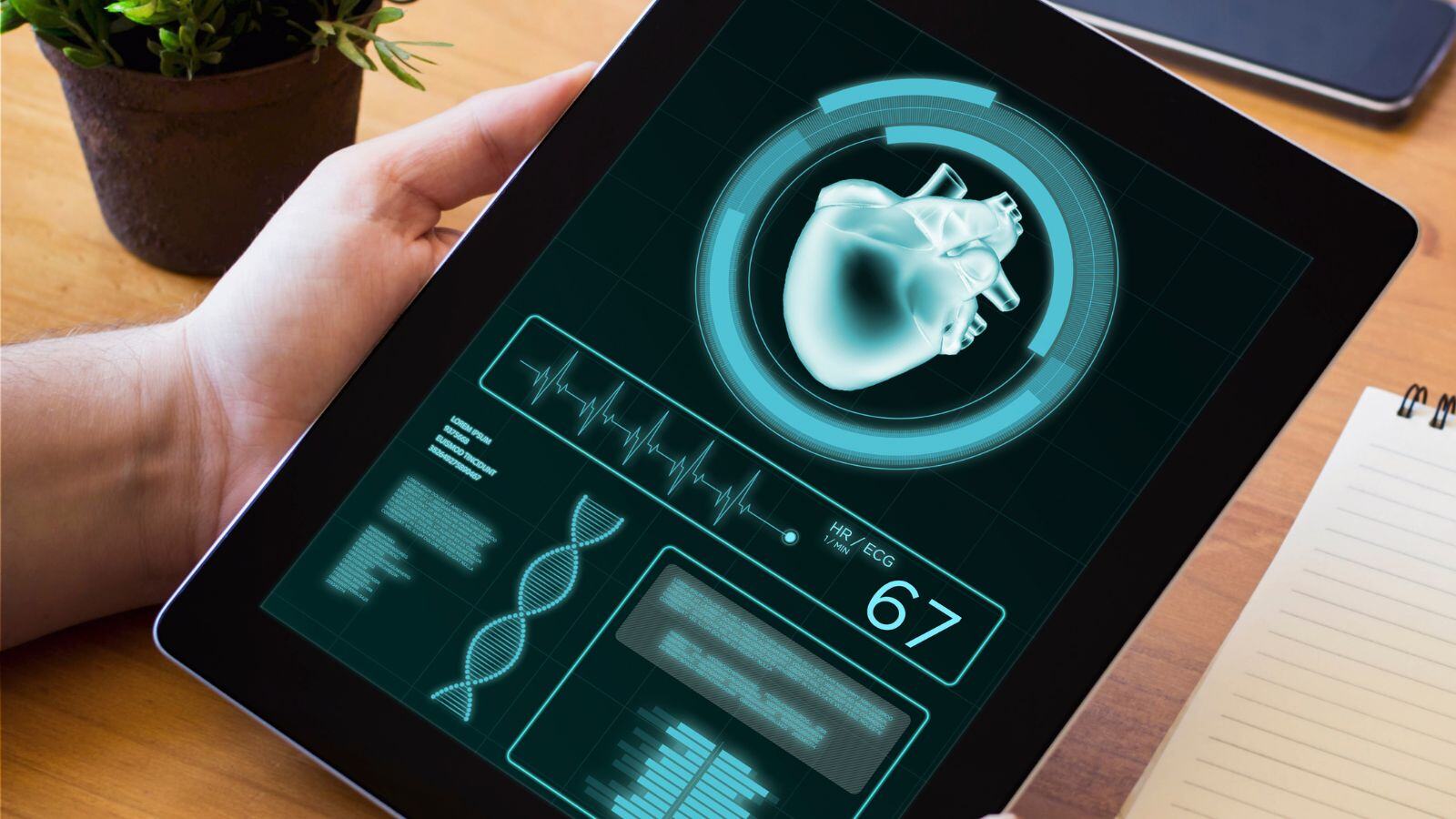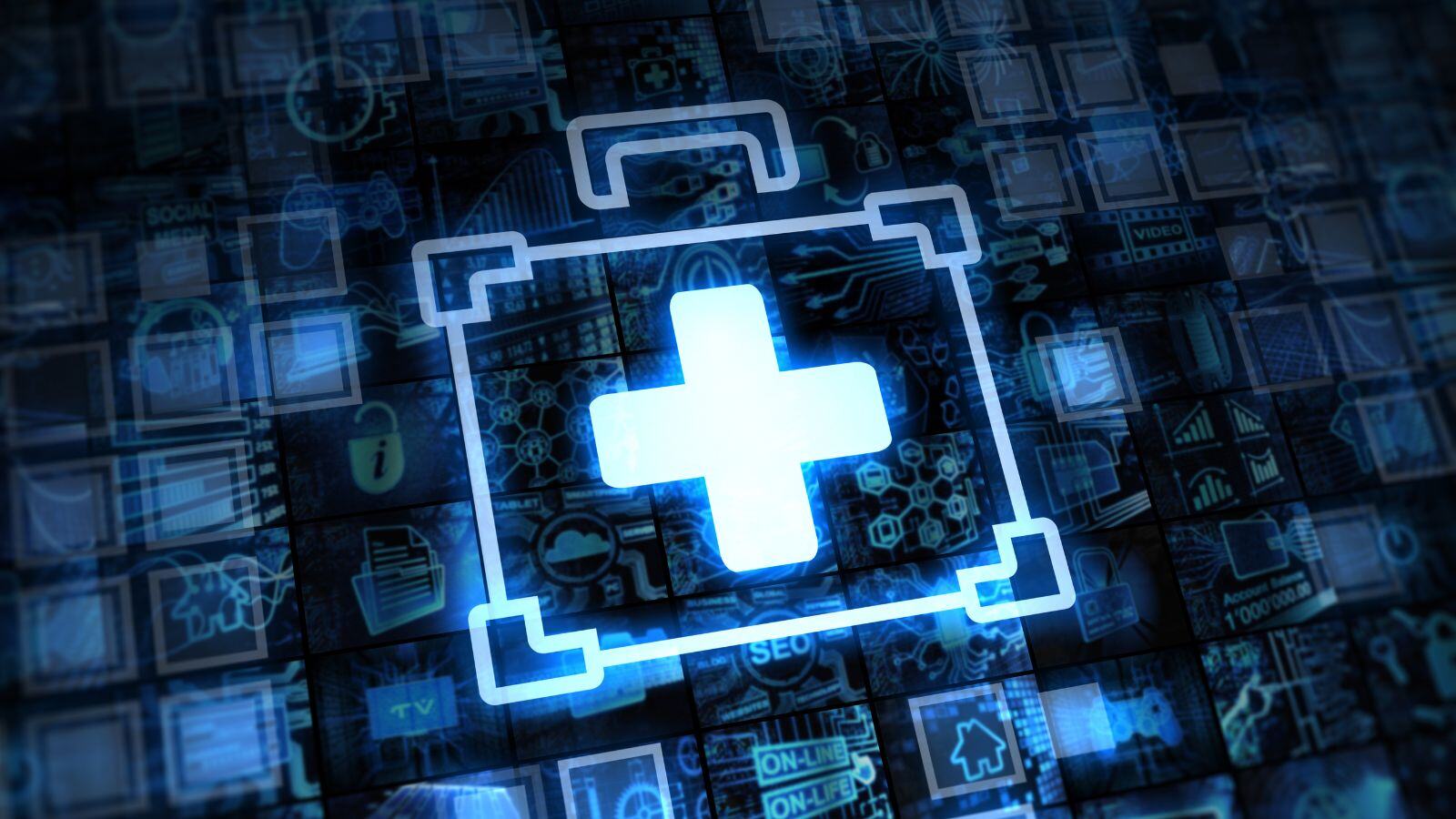Ever wondered why it is necessary – and sometimes absolutely essential – to perform a Data Migration in computer systems, applications or software, what the risks are and what strategy should be followed?
In this blog, you will learn more about the following topics:
- What is Data Migration?
- What is the goal of Data Migration?
- Data Migration Plan
- Data Migration Report
Curious? Then be sure to read on!
What is Data Migration in CSV?
Data migration takes place in the last phase of the life cycle of a computerized system, called ‘retirement‘, where the system is withdrawn, decommissioned, removed and the required data is migrated.
It can occur frequently during the life cycle of the various computerized systems used by regulated companies.
Data Migration is the activity of transferring electronic data from one system to another, or simply the transition from one state to another. In practice, data migration efforts can vary widely in scope, complexity, and risk, e.g.:
- An in-place version upgrade of a database or application
- Data conversion (e.g., from one supplier’s database to another)
- Same-system migration (e.g., transporting an application’s data from one server platform to another)
- Migration from one source system to one target system
- Migration from multiple source systems to one target system
The complexity and risk of Data Migration can also increase significantly if rules are used to select a subset of data from the source system, or if data is transformed (e.g., data type conversion, filtering, cleansing, aggregation, renormalization) before it is inserted into the target system.
What is the goal of data migration?
The goal of any data migration is to have data that remains usable and retains its contextual meaning. Quality control measures must be in place to ensure that the data migration is successful, compliant, and repeatable.
As part of the best practices recommended by the GAMP, each data migration should be managed within the framework of a data migration plan and report.
Data Migration Plan: detailed description of the migration process
A data migration plan is essential to coordinate the activities that need to be followed during the migration.
It also helps to identify who is responsible for implementing what has been determined, when and how, and it facilitates the documentation of all the activities of the data migration. The last point is important if your data migration is a GxP system/application.
According to GAMP, the data migration plan should describe the entire migration process, including, at a minimum:
- Migration project purpose and scope
- System description(s)
- Roles and responsibilities
- Required deliverables
- Risk management strategy
- Configuration management strategy, including the source, staging, and target environments
- Software tool overview and strategy for ensuring compliance and fitness for the intended use
- Migration steps and technical activities
- Data mapping and modeling activities
- Transformation rules
- Data verification strategy and acceptance standards
- Cutover plan
- Roll back strategy
Data Migration report: summary of all migration activities
The data migration report summarizes the activities performed during the data migration. It includes a description of any anomalies or discrepancies found and a list of the results of the verification activities, with objective evidence as necessary.
Because the report will be used to determine the reliability of the migrated data, it should clearly state the overall outcome of the migration activity, such as: complete success, partial success, or failure.
If the data migration is performed as part of a computerized system project, such as a system replacement or upgrade, the data migration report may be documented within the project documentation, where appropriate, and need not be a separate document.
Drafting a Data Migration Plan
First, determine if the system/application requires data migration. Once you have confirmed the migration requirement, you can start preparing the document with the following basic sections:
- Purpose
- Scope
- Abbreviations/ Definitions / Glossary
- References
- Procedure
- Risk management strategy
- Configuration management strategy
- Software tool overview and strategy
- Migration steps and technical activities
- Initial Loading plan
- Data mapping and modeling activities
- Transformation rules
- Data verification strategy
- Cutover plan
- Rollback strategy
- Responsibilities (RACI Matrix)
Do you need help performing the Data Migration of a computerized system? Or do you need support in preparing a Data Migration Plan? Then don’t hesitate to contact us. We will be happy to help you!







.png?width=109&height=108&name=Pharma%20(2).png)
.png?width=111&height=108&name=Medical%20Devices%20(2).png)
.png?width=84&height=107&name=IVD%20(2).png)










.jpg)







